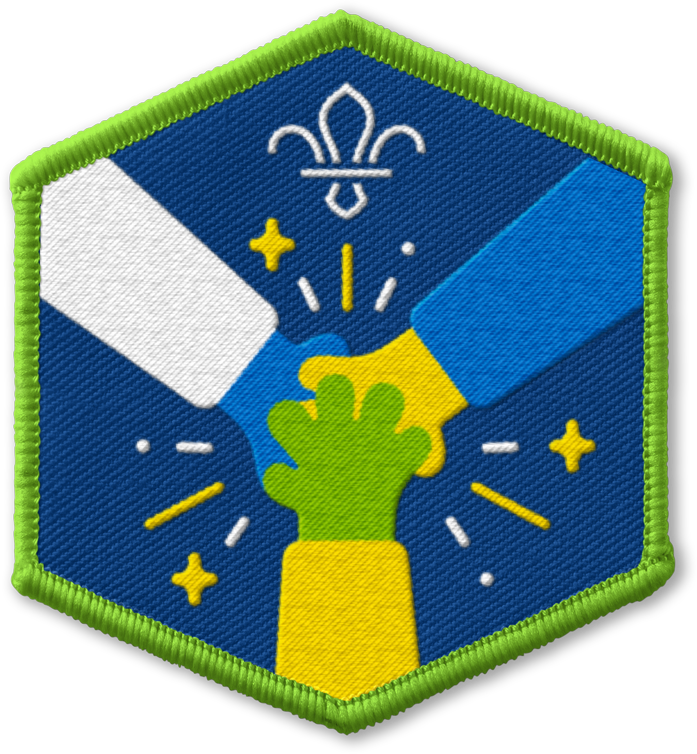
Egg-cellent races
You’ll need
- Plastic eggs
- Something to mark lines
- Bowl or hoop
Before you begin
- Use the safety checklist to help you plan and risk assess your activity. Additional help to carry out your risk assessment, including examples can be found here. Don’t forget to make sure all young people and adults involved in the activity know how to take part safely.
- Make sure you’ll have enough adult helpers. You may need some parents and carers to help if you’re short on helpers
Setting up the activity
- Mark two lines on the floor of your meeting places, so one for the start and one for the finish
- Divide the eggs into two, or more, groups, depending on how many teams you’ll have playing. Make sure each team has the same number of eggs. You need to have at least 1 egg per person.
- Put a bowl or hoop for each team at the finish line to collect their eggs in.
Play the game
- Gather everyone in a circle.
- Explain to everyone that they’ll be playing a game in teams where they need to push the eggs from the start line to the finish using just their noses to earn a point for their team. If anyone uses anything put their nose to move an egg, they need to go back to the start.
- Tell everyone that they’ll have five minutes to get as many eggs across as possible. You could alter the amount of time people have to make it easier or harder.
- Tell everyone when they reach the finish line, they should place the egg in the bowl or hoop, then go back to their team.
- Split everyone into teams and line them up at the start line.
- When everyone is ready, set the first person in each team off pushing their eggs.
- A young leader, adult volunteer or young person should watch to see if anyone uses anything put their nose to move an egg. If they do, they need to go back to the start.
- After they’ve crossed the finish line, each person should put their egg in a hoop or bowl for their team.
- Once a player has had a go, they can go back to re-join the team – and maybe push another egg depending on how many players and eggs there are.
- When the first person’s finished, the next person in the team can start and so on, until all players have been.
- After the time is up, stop the game and add up the points. You could also give out extra points for effort, teamwork or encouragement.
- The team with the most points can be declared the winner.
- To make it harder, you could add in obstacles, such as cones, that the eggs need to be pushed round.
Reflection
This activity gave everyone the opportunity to have fun while working as a team. Was it hard to use only your nose? Did you find a good technique that worked? Did anyone share how they did it with their teammates when they got back to the start? Was it trying to do it with the time limit too? Did anyone come across any problems? How did you resolve them? If you used obstacles, how did you find this element of the task?
Safety
All activities must be safely managed. You must complete a thorough risk assessment and take appropriate steps to reduce risk. Use the safety checklist to help you plan and risk assess your activity. Always get approval for the activity, and have suitable supervision and an InTouch process.
- Active games
The game area should be free of hazards. Explain the rules of the game clearly and have a clear way to communicate that the game must stop when needed. Take a look at our guidance on running active games safely.
The distance between the start line and finish line can be as short or long as you want it to be, depending on the needs of your group.
If anyone’s not able to push the egg on the floor, consider using a table instead. The person could also be the referee or help check the eggs at the finish line.
All Scout activities should be inclusive and accessible.


